The Impact of Comprehensive Genomic Profiling on Personalized Cancer Care


ONCOLife |
17 July 2024
In this interview, Pratheesh Sathyan, Head of Illumina AMR Oncology Medical Affairs, highlights the importance of Comprehensive Genomic Profiling (CGP) in identifying actionable genetic alterations that guide tailored therapies. This is especially crucial in non-small cell lung cancer, where CGP can significantly reduce the time to treatment compared to single-gene tests.
Illumina’s Strategy to Integrate CGP into Everyday Clinical Practice
Pratheesh Sathyan, emphasizes that while CGP is integral in major oncology centers, its adoption in community practices is critical, as these handle 85% of cases. He also points out the technological and educational barriers in implementing CGP and Illumina’s efforts in bridging these gaps to improve cancer care efficiency.
Click the picture to view the PDF version: Pg 25-30.
Could you summarize the key findings from your recent presentation at ASCO 2024 on CGP?
Sathyan: Comprehensive Genomic Profiling (CGP) is now standard of care across major tumor types, yet its adoption isn’t universal. A prime example is non-small cell lung cancer (NSCLC), considered highly actionable with nearly nine biomarkers linked to specific genomic alterations.
Our study focused on this tumor type, examining the use of single gene testing versus CGP. It’s crucial to note that while the largest academic & hospital oncology practices play a significant role, they only see 15% of patients. The vast majority, ~85%, receive care in community settings. Our research specifically investigated the adoption of CGP in community practices for lung cancer patients.
In this real-world analysis, patients with stage IV NSCLC who underwent CGP testing received results for all 9 guideline recommended biomarkers >60% of the time as compared to only 1.7% with single gene testing (SGT)
Our conclusion is clear: there’s a pressing need to bridge the gap in the adoption of CGP, particularly in community settings, to ensure patients receive the best possible care based on our findings. This message is vital for oncologists nationwide, encouraging them to adopt more comprehensive testing to fully leverage the advancements in cancer treatment. This approach is supported by our real-world data presented at ASCO, underscoring the importance of widespread CGP implementation.
What are some of the most significant changes in cancer management you foresee as CGP becomes more integrated into routine cancer care?
Sathyan: There are many targeted therapy options available for patients with metastatic or Stage IV NSCLC based on 9 biomarkers that can be detected in the patient’s tumors. CGP allows for simultaneous analysis of all biomarkers in a single test, equipping clinicians with essential information to make immediate, informed treatment decisions.
In contrast, single gene testing (SGT) exa-mines one biomarker at a time, leading to delays that can extend treatment initiation by weeks—crucial time lost for patients. The shift to CGP represents a shift from targeting a single biomarker to assessing multiple targets simultaneously, enabling more precise and effective treatment plans right from the start.
This comprehensive approach aims to avoid the pitfalls of inadequate initial treatment, which can significantly impact patient survival if their cancer harbors actionable alterations. CGP stands out as a critical tool in modern oncology, offering a more immediate and comprehensive evaluation to better serve patients at critical times.
Another focal point of your ASCO presentation was the identification of actionable variants through plasma assays. How does this advancement impact the field of oncology?
Sathyan: Liquid biopsies or plasma-based testing represent a transformative shift in oncology care, particularly valuable in scenarios where traditional tissue biopsies are challenging. Many major cancer types, such as lung cancer, face the issue of tissue exhaustion, with 30% of patients lacking sufficient tissue for comprehensive testing.
This is critical because obtaining new tissue via a needle biopsy can lead to potential complications, leading clinicians to avoid it if possible. Liquid biopsies analyze circulating tumor DNA (ctDNA) in the blood that is shed by cancer cells. Liquid biopsies have demonstrated high concordance with traditional tissue biopsies, giving us confidence in the reliability of the results.
However, there are biological differences between liquid and tissue biopsies. For example, blood may harbor ctDNA from various metastatic sites, while a tissue biopsy samples DNA from a single site. This can lead to discordance in the results, with liquid biopsies identifying biomarkers not found with tissue testing.
Additionally, some tumors shed less ctDNA than others into the blood and specific clinical scenarios may also decrease the amount of ctDNA available for testing, leading to a negative result from liquid biopsy that is positive from tissue.
In scenarios where patients are poor candidates for invasive biopsies, or where tissue is insufficient, liquid biopsies offer a rapid, less invasive alternative to identify actionable genetic targets, greatly enhancing patient care in the clinical setting.
If a liquid biopsy detects a mutation, it can directly inform and expedite treatment initiation. The process significantly reduces turnaround times; for example, in lung cancer, instead of scheduling multiple appointments for a traditional biopsy, a blood draw can be done during a regular clinic visit and sent for sequencing to identify any genetic alterations.
Given the identified gaps in the standard-of-care testing, how does CGP address these issues, and what solutions does it offer to improve the accuracy and effectiveness of cancer treatment?
Sathyan: CGP provides a crucial understanding of the mutational landscape in cancer, assisting physicians not just with current treatment decisions but also preparing for future challenges. Not all patients are suitable for targeted therapies, and CGP helps determine the right treatment pathway, whether it’s now or later.
For example, it can help identify biomarkers like tumor mutational burden (TMB) and microsatellite instability (MSI), which can be used to identify patients who are likely to benefit from immunotherapies. Importantly, current data suggest patients with specific targetable alterations should avoid immunotherapy despite its popularity.
What is the first line of treatment, second line of treatment and later lines of treatment based on CGP compared to any other testing paradigm that’s available?
Sathyan: CGP not only helps identify targetable alterations for approved treatments but also significantly enhances clinical trial enrollment. By using CGP, physicians can pinpoint patients who may benefit from investigational therapies, addressing a major challenge in cancer care—low clinical trial
participation.
CGP opens up opportunities for clinicians to offer cutting-edge trials potentially providing the best care for specific cases. This capability is crucial for advancing future of drug discoveries and broadening the therapeutic options available to patients.
In what ways can CGP streamline the decision-making process for oncologists when choosing treatment plans for their patients?
Sathyan: CGP plays a pivotal role in optimizing cancer treatment, especially in guiding decisions on targeted and immunotherapy. For instance, lung cancer patients with specific alterations like EGFR or ALK should receive targeted therapies first and not immunotherapy, as immunotherapy has limited efficacy in patients with tumors harboring these biomarkers.
Instead, CGP ensures these patients get the right targetable drugs from the start. Additionally, CGP identifies biomarkers that may influence the efficacy of immunotherapy. With CGP results, clinicians can understand why a treatment might not work—possibly due to resistance mutations—and adjust their approach accordingly. Thus, CGP streamlines decision-making, ensuring patients receive the most effective treatment at the right time.
With the increasing complexity of targetable mutations in cancers, how is CGP enhancing the precision of therapy selection?
Sathyan: Cancer, fundamentally a disease of the genome, exhibits extensive genetic variations which grant it a certain flexibility; when one pathway is blocked, it can activate another. This complexity necessitates advancements in technology like AI and machine learning, as each patient presents a unique mutational landscape.
Even patients with the same EGFR alteration may have vastly different accompanying mutations. Understanding these intricate genetic interplays goes beyond human capacity, highlighting the importance of modern tools like CGP. It provides an initial genetic landscape, but as cancer adapts to treatment, continuous monitoring and further sequencing are crucial to track these evolutions.
The integration of AI and machine learning into oncology can significantly enhance our grasp of how tumors evolve and respond to treatment, guiding us towards more effective interventions.
While we are not fully there yet, evolving technologies and multiple testing paradigms are key to not just treating cancer initially but also monitoring its progression or reduction through methods like circulating tumor DNA (ctDNA) analysis. The future of cancer care relies on incorporating these advanced technologies to continually adapt and optimize treatment, ensuring the best possible outcomes for patients as their cancer evolves.
What challenges do oncologists currently face in adopting CGP in their practices?
Sathyan: The educational gap is a significant barrier. For the last several years, discovery of new biomarkers and effective targeted therapies has been at a rapid pace across all tumor types. Clinicians often need assistance with interpretation of genomic testing results in real-time that
may not be readily available, affecting their ability to utilize test results effectively. Moreover, systemic issues such as inconsistent protocols for obtaining sufficient tissue samples complicate genomic testing further.
Another challenge is the fragmentation of electronic medical records (EMRs), which do not seamlessly integrate across different practices, hindering efficient data sharing or alerts that a patient is eligible for CGP or a matched targeted therapy when a biomarker is detected.
Finally, what future directions do you see for CGP in oncology, and how does Illumina plan to lead in these advancements?
Sathyan: CGP is crucial in oncology, and from an Illumina perspective, the ultimate goal is to analyze the whole genome, not just parts, to fully understand all variations within an individual patient.
Currently, due to limitations in algorithmic capabilities, we’re only able to examine portions of the genome to find actionable alterations. However, Illumina aims to eventually expand this to encompass the entire genome, which would drastically enhance our understanding of a patient’s condition.
Looking ahead, Illumina is committed to developing a simple, comprehensive, whole-genome solution.
This advancement will revolutionize oncology by providing immense data for AI algorithms, aiding clinicians in making more informed decisions without needing to become genomic experts themselves. By collaborating with leaders in AI , Illumina strives to make genomic data more accessible and actionable in clinical settings, ultimately enhancing patient care through precision medicine.

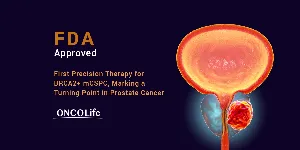
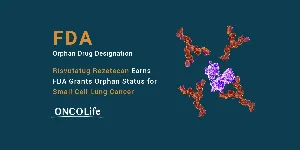
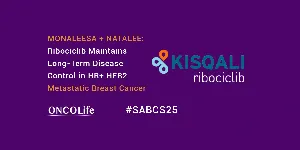

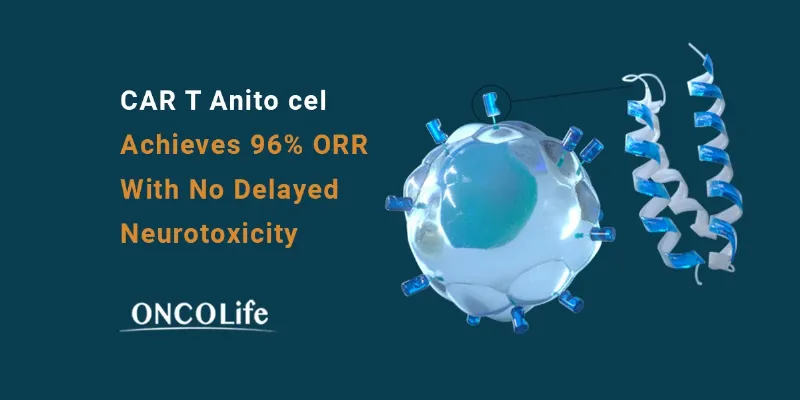


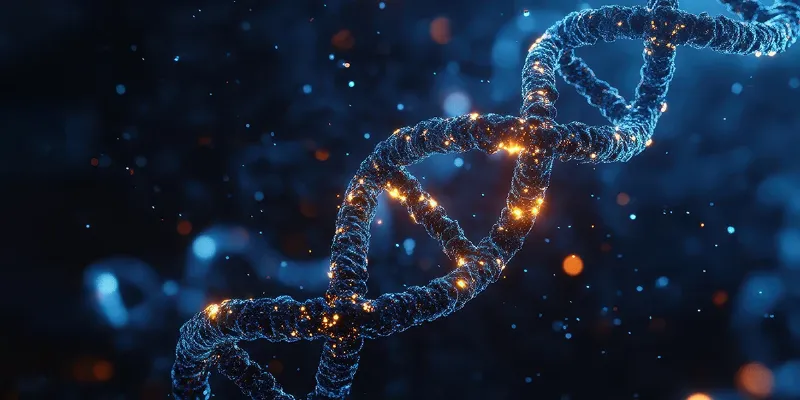
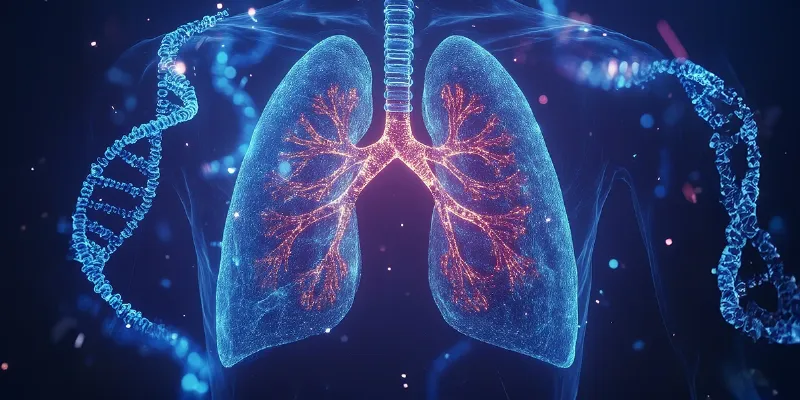
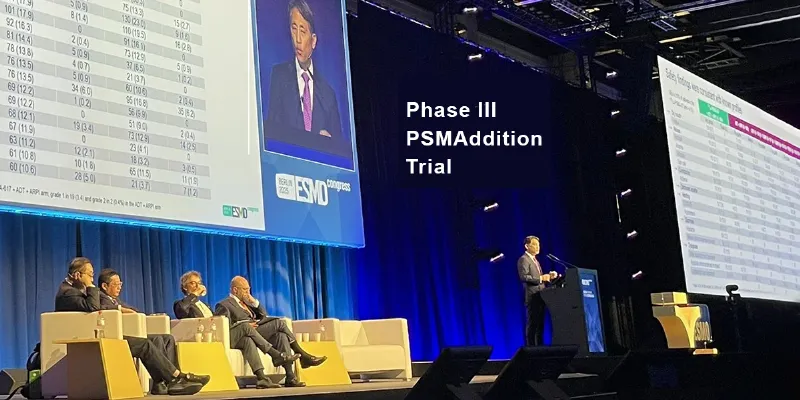
Comments
No Comments Yet!